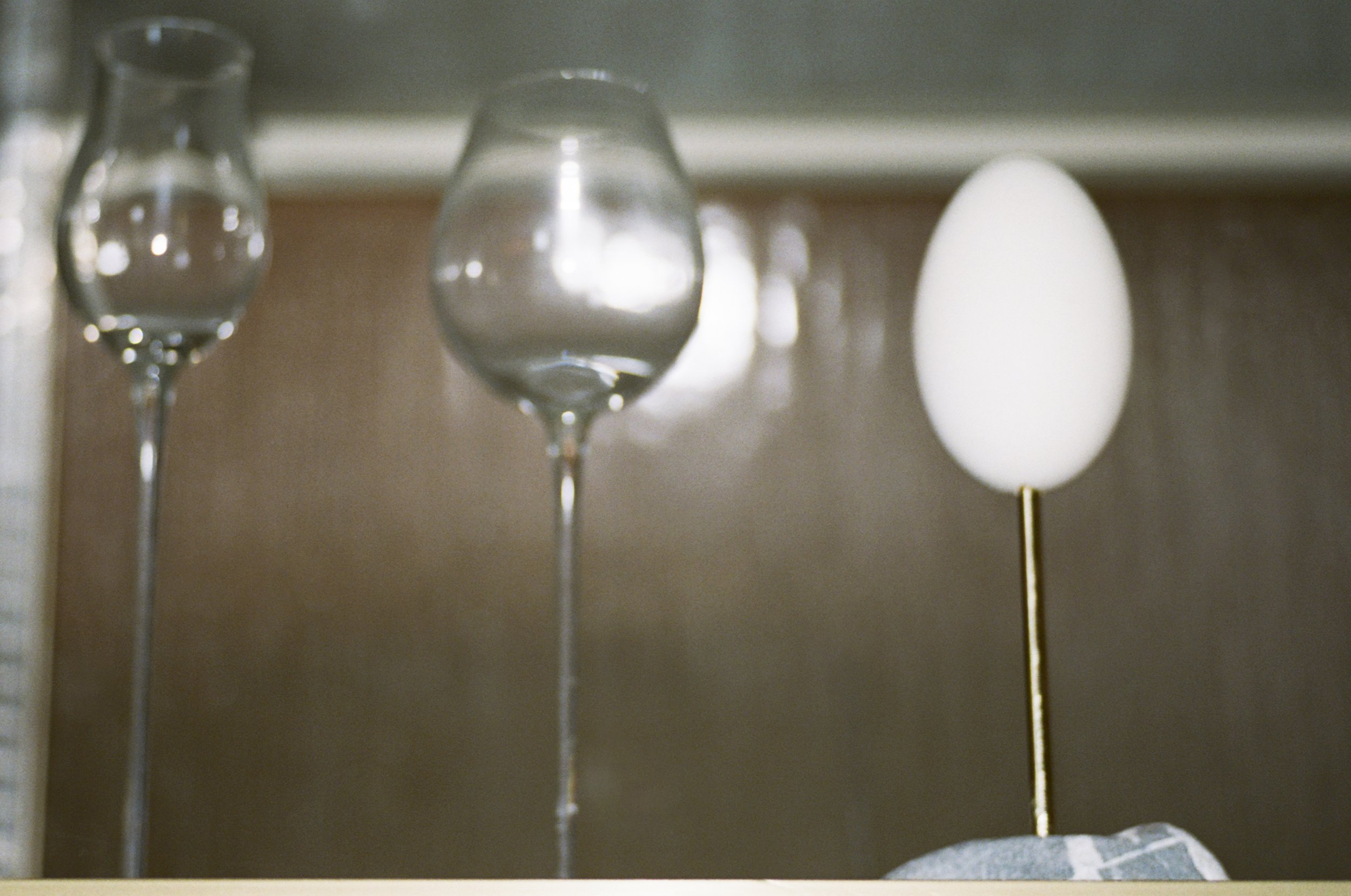If we begin with the image of faded mirrors, like the tarnished skin of a mulberry tree by the river bed, we sense the sweat of the body exhumed to a dark veneer. We walk the corridors of Torino city towards the River Po’s edge, onwards, shadowing a continuous image of the solitary interior Carlo Mollino set after his death. Athens Design Forum presents the commissioned essay “CARLO MOLLINO. Architettura. Arte e Segreto” a philosophical projection by Fulvio Ferrari, curator of the Museo Casa Mollino in Turin, Italy. Ferrari contends, “The bond that unites architecture and philosophy, two worlds that seemingly have no common ground, is Reason.” We pace urgently to re-encounter the fingerprints of a God among us – in what is the first written account of Mollino’s affinity towards Greek heritage, amongst other deeply woven ideologies of antiquity. Ferrari’s words are joined by Ecuadorian photographer Andrés Altamirano’s images – a chorus of dark ink shot primarily in black and white – to penetrate a world the eye can only discern as a non-fascimile.
In 1947, Carlo Mollino published an essay titled "ARCHITECTURE. Art and Technique." From the very first page, the author paid tribute to Greece: the text is introduced by his own precise drawing of the Propylaea of the Acropolis (he specifies: 5th century BC). A little further on, he sketches the Forum of Preneste in Italy, and the publication ends – 100 pages later – with a reproduction of the Temple of Poseidon, showcasing his extraordinary skill in drawing. The life of our author was complex, exceptionally intense, and open to every experiment. Later, in 1960, when he began the design of his house on Via Napione, it was not only Greek culture that influenced him, but all forms of human culture from every era. He used these as tools to create a home in which one has never lived, a secret place, and of which not a single photograph exists from the period.
This enigmatic interior constitutes the great mystery of Mollino's life, a life partly hidden, once again connected to the unmatched lesson that Greece has gifted humanity: the invention of philosophy.
The bond that unites architecture and philosophy, two worlds that seemingly have no common ground, is Reason. With Reason, the architect builds homes, and even constructs dwellings for the Gods (it is no coincidence that the Acropolis, Preneste, and Poseidon appear). Similarly, with Reason, the philosopher explains the reality of nature around us and within us.
Thus, Casa Mollino is a triumph of engineering: the application of conflicting forces (art and technique) that interact to create a house where apparent contradictions coexist —floral tile floors and green carpet, a sliding Japanese door and a dining table–combining styles and materials that don’t align, walls like forests, a room with hundreds of butterflies. The more one delves into this story, the more one becomes lost in the total incomprehensibility of this strange composition. But we know that Mollino once confided in a friend that he owned a “House of the Warrior’s Rest” – Casa del riposo del Guerriero – and with this key (we are thieves of knowledge), we may force open the door and give a coherent meaning to the house that faces the river and the wooded hills beyond.
Knowledge and life are an incessant battle, as each of us continuously experiences. And at the end of the existential battle, the Warrior—if we have been such—rests upon the only solid conquests: the immaterial ones, the certainties we have managed to attain. Only they constitute our essence, which Freud identified as the knowledge contained in the unconscious, the source of a wealth accumulated over a series of past lives, in which Mollino seems to believe when he describes our existence as “flesh in the mortal parenthesis.” The otherworldly house of rest is therefore built from the most disparate knowledge that our architect-warrior has stolen from life. And I feel compelled to quote another great Greek, Nikos Kazantzakis, who, in his autobiography, writes: “The battle has ended. Have I won? Have I been defeated? I only know that I am covered in wounds and I stand.” Mollino’s House of the Warrior’s Rest is his wound: what struck him, what made the blood of his life flow, is here. The space of the house, its content, even its position, are symbols.
The great bas-relief depicting an acanthus leaf, placed above the entrance door, now takes on a symbolic, philosophical meaning. It tells an ancient Greek legend: “When spring arrived, the architect Callimachus, passing through the area, saw a tile lifted by a harmonious clump of acanthus leaves growing on a tomb, almost symbolizing the immortality of the maiden and her metamorphosis into a plant.” It would take an entire book to describe what each item in this House of the Warrior’s Rest conceals. What do a French carpet full of roses, a Chinese dragon engraved on a tray, a fragment of a Maenad, a large ancient turtle shell, Michelangelo’s Prisoner lying down, a gigantic tridacna, a pair of Chinese bronze winged lions, an Art Nouveau bust of a woman, Piranesi’s Roman engravings, a huge Chinese porcelain vase, and a large fragment of Nike’s bas-relief symbolize?
Once again, Kazantzakis: “Everything I have written and done has been written and done on water, and is lost.”
Could it be a coincidence that Mollino “wrote and did” a house facing the waters of the Eridano, about which no one ever knew anything?
Fulvio Ferrari
The following essay has been translated from Italian.
Images © Andrés Altamirano for Athens Design Forum 2025
Custom typography © Andrea Smith for Athens Design Forum 2025
With our gratitude to Kostas Lambridis, whose work within IN Residence directed us to revisit Museo Casa Mollino



















